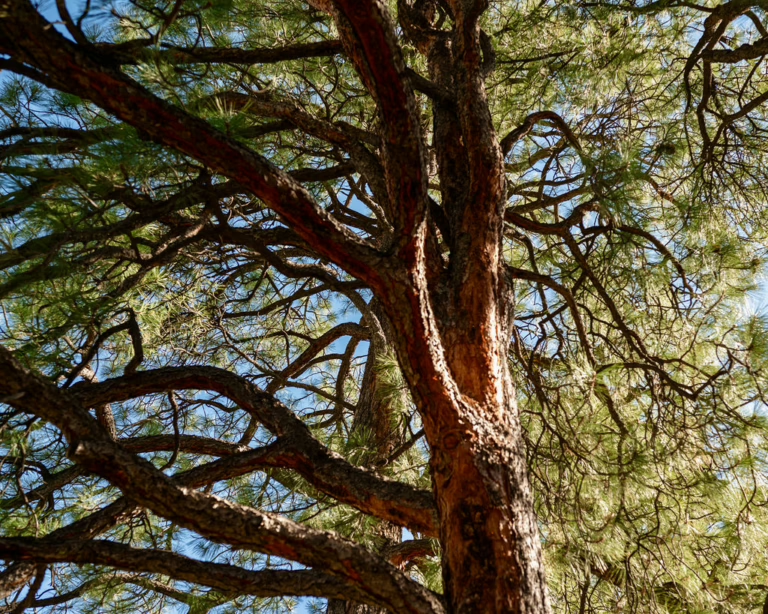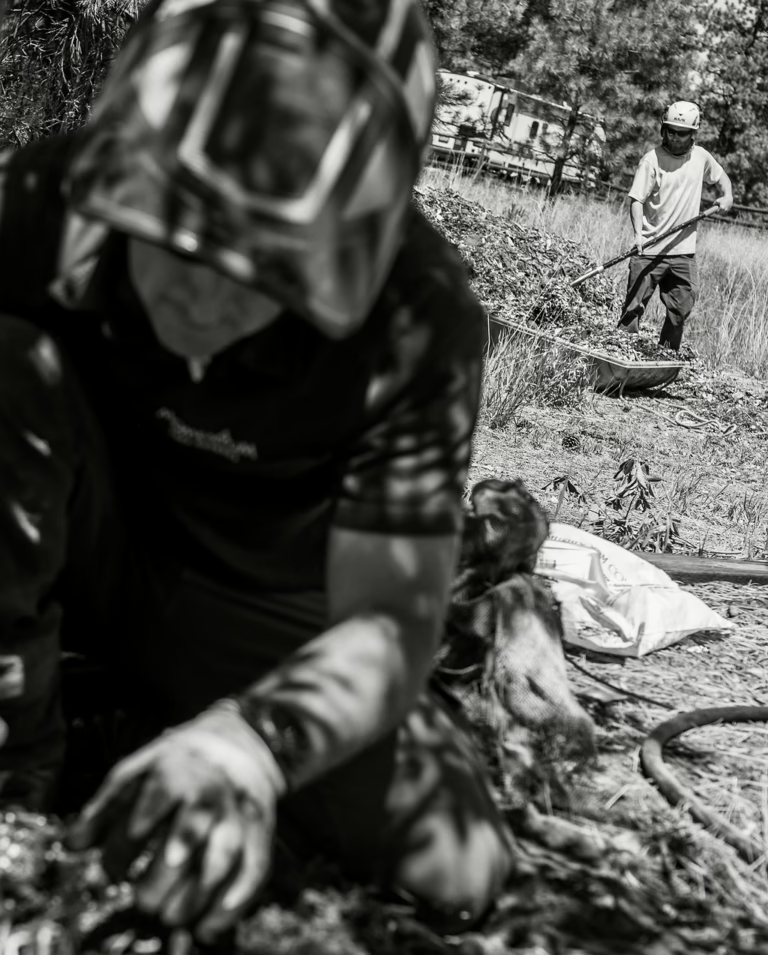Planting and Pruning Young Shade Trees: A 25-Year Plan
Planting a tree is truly an investment in the future. So much so that a healthy tree on your property can increase its value by up to 15%. Beyond that, a shade tree brings relief on hot days, adds aesthetics, and even provides habitat for wildlife. With the right care, a young tree will grow into a strong, lasting feature of your outdoor space.
We call this care training through pruning. Like training a puppy to sit, consistent early guidance is easier, safer, and builds lifelong good habits. With pruning, about seven well-timed sessions during the first 25 years can help your tree develop a strong branch structure that will allow it to thrive safely for decades to come.
Why Training Young Trees Matters
When trees aren’t pruned properly in their early decades, they often form weak branch attachments, crowded canopies, or low limbs that can cause pressure, cracking, and decay as the tree ages. Plus, removing large branches later in life isn’t just harder; it increases these risks and weakens the trunk.
When training young trees, the focus is on:
Encouraging one strong central trunk, a.k.a. the dominant leader.
Making sure large limbs are well-spaced apart.
Keeping low branches from becoming too large, so they can be safely reduced or removed as the tree matures.
Preparing the tree to stand the test of time while growing strong in its intended space.
The 25-Year Training Roadmap

Here’s a timeline for guiding your shade tree from planting into maturity:
At Planting
If the tree already has one clear leader and good branch spacing, don’t prune.
If there are multiple leaders, choose the strongest— usually the straightest, thickest, and most upright— and reduce or remove competing stems.
Don’t take off more than half the leaves at once— trees need their “solar panels” for energy.
On very young trees (under 4-inch trunk diameter), expect all branches to eventually be temporary.
2–3 Years After Planting
Continue encouraging one dominant leader.
Shorten or remove branches that are too close together or too large compared to the trunk.
Start reducing low branches so clearance is maintained.
5 Years
Most low branches are still temporary— keep them small.
Eliminate clusters of branches at a single point; leave only the strongest.
Watch out for aggressive branches shooting upward through the crown.
10 Years
Reduce or remove overly thick branches (those more than half the diameter of the trunk).
Choose where the lowest permanent branch should be— typically no lower than 15 feet, so the tree provides clearance for people, vehicles, or buildings.
Keep only one large branch per node, reducing those nearby.
15 Years
Begin selecting several permanent branches, spaced a few feet apart.
Remove large branches growing below that permanent set.
Continue controlling aggressive and upright branches.
20 Years
You should now have about 5–10 well-spaced, permanent branches.
Thin out others that compete with them.
Reduce or remove large lower branches that no longer fit the tree’s structure.
25 Years
Continue refining by keeping permanent branches well-spaced.
Shorten or remove any overly aggressive branches.
Remove or reduce low, temporary limbs as needed.
Growing Healthy Trees That Outlive Us

Training young trees comes down to a few principles. First, guide, don’t hack. The goal isn’t to cut a lot— just to shape wisely. Second, start early. Small cuts on a young tree heal quickly and keep it growing strong. Last, stay consistent. A little work every few years prevents major problems later.
By following this 25‑year plan, you’re not just pruning— you’re guiding a shade tree to grow into its best self, with a canopy that shelters generations and a trunk that endures at its strongest. In doing so, you’re cultivating a connection that outlives you.



